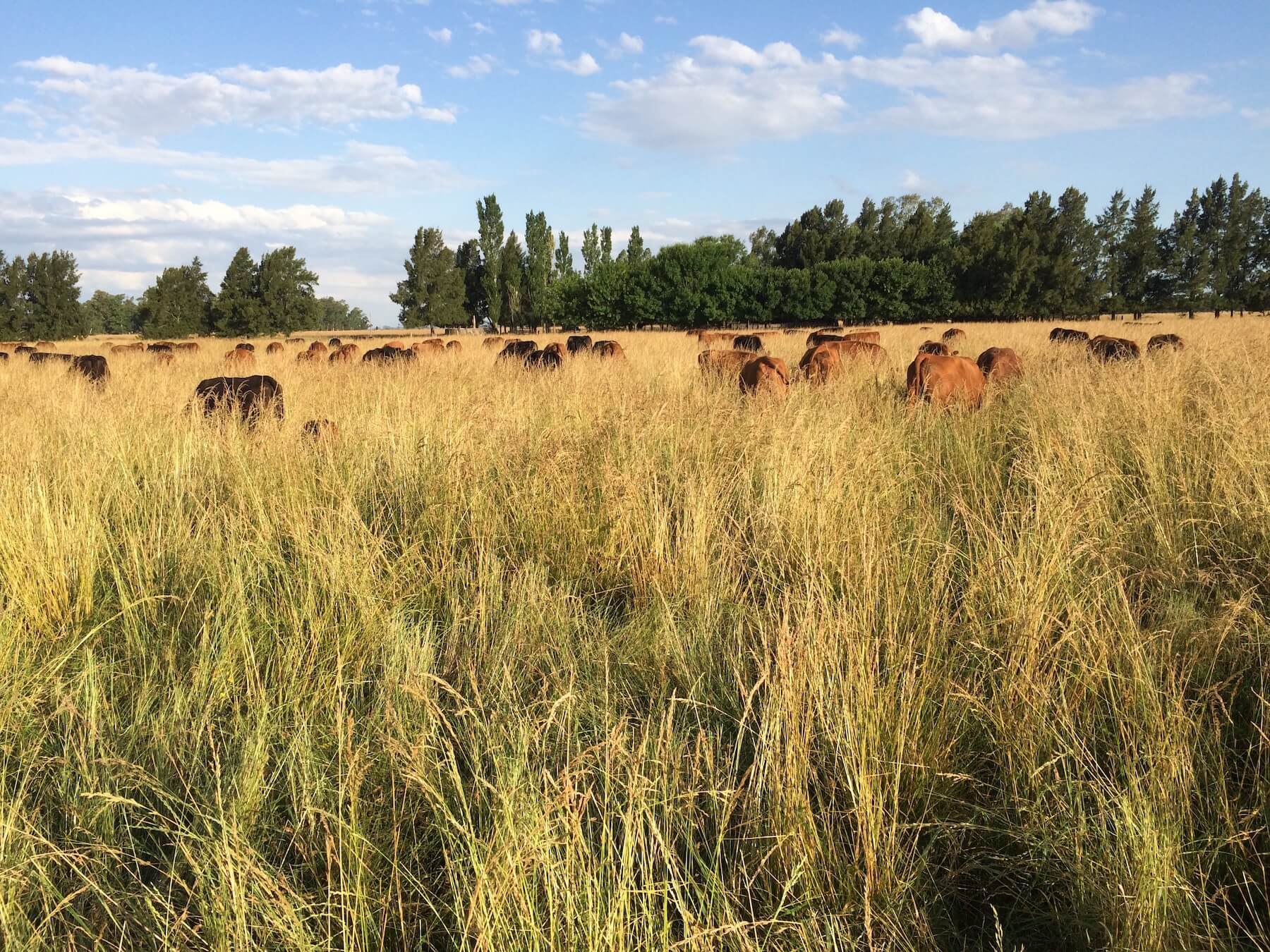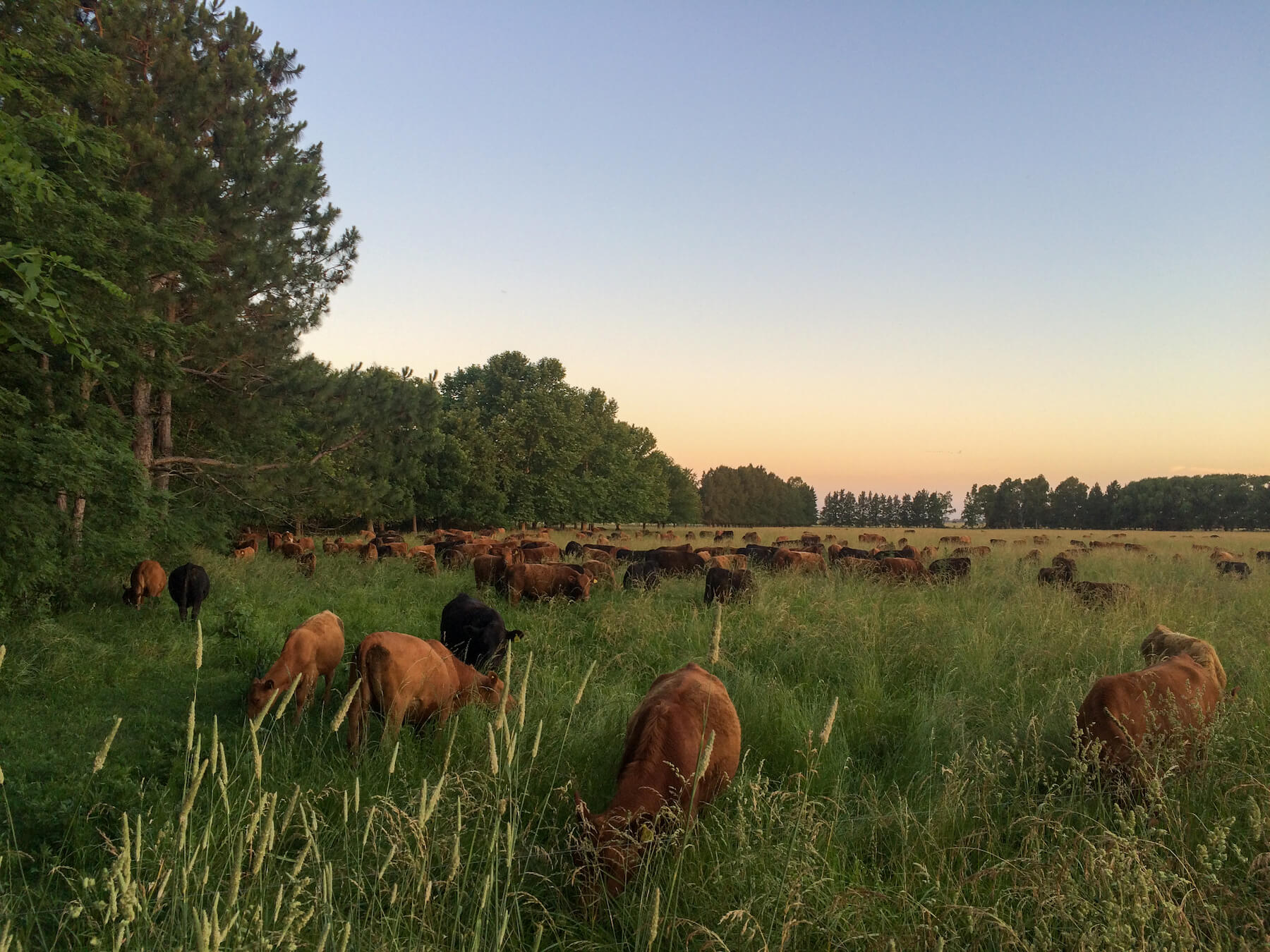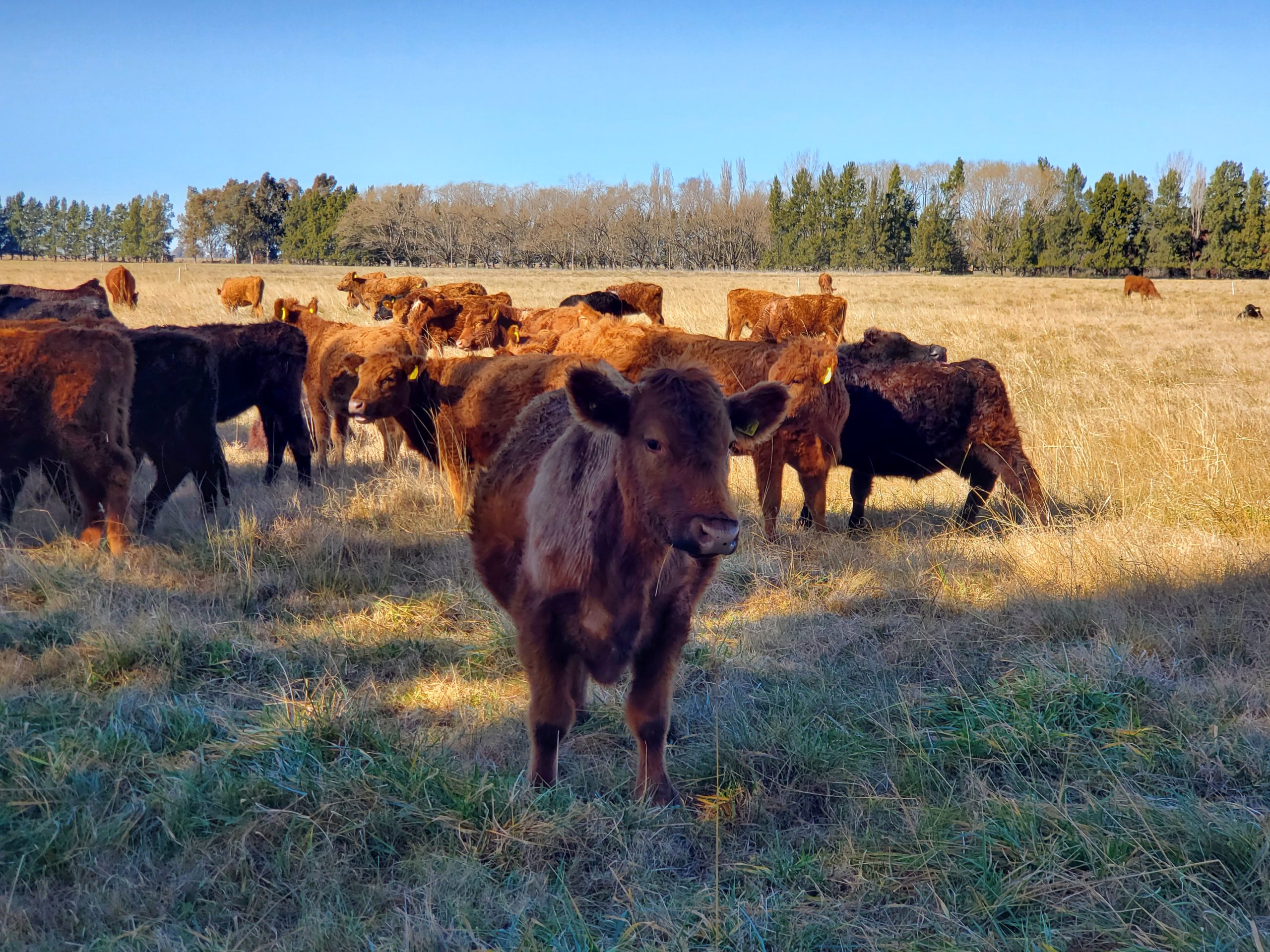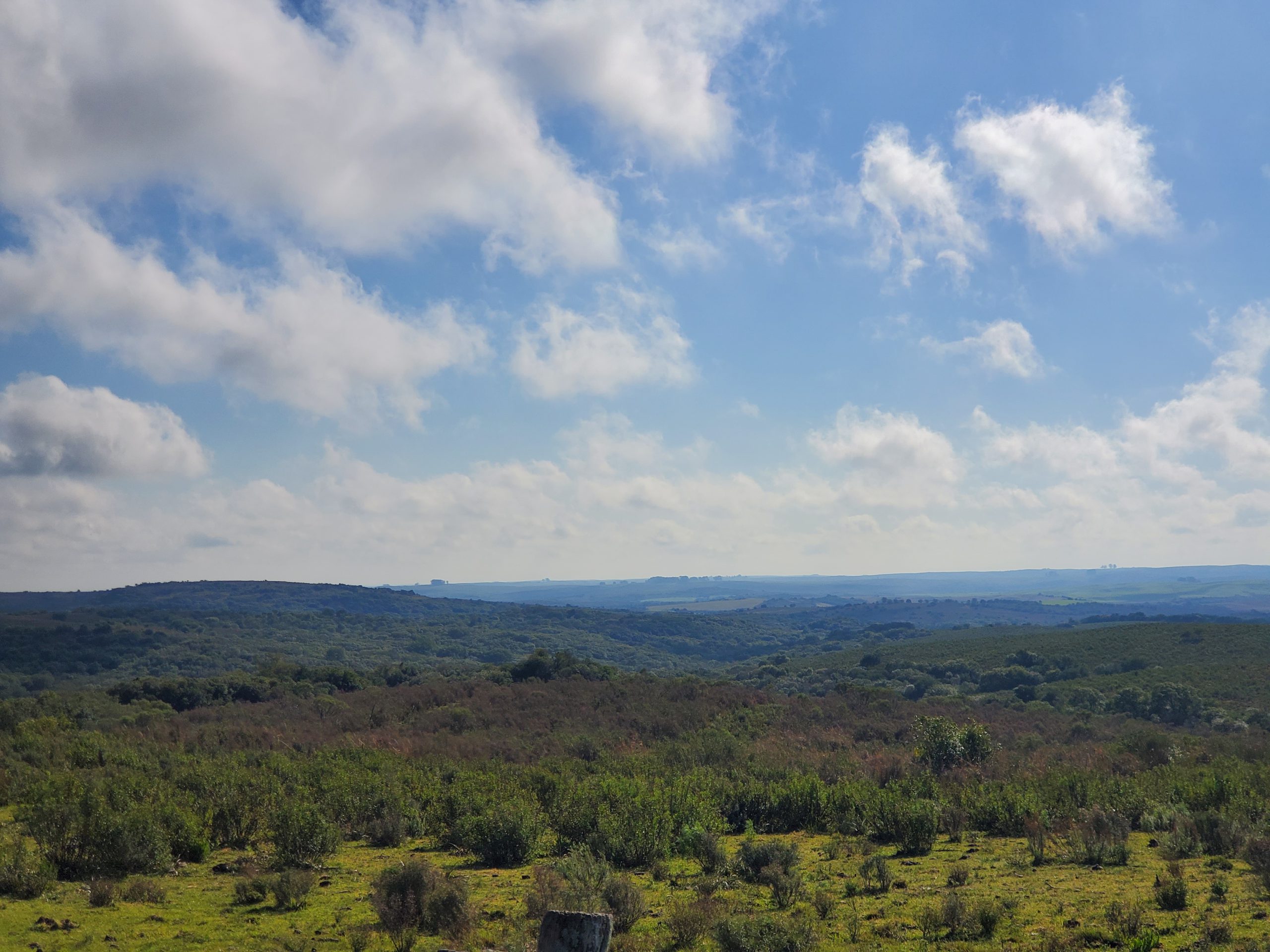South America is home to diverse and expansive grasslands that stretch across various countries, creating a tapestry of unique ecosystems and showcasing a rich array of flora and fauna against the backdrop of vast, open landscapes. This project sweeps across picturesque estuaries and wetlands in the southern Pampas of Argentina and Paraguay. South American grasslands are unique natural habitats that provide important ecological and economic benefits. Livestock production is the key livelihood activity in the region, but like other grasslands across the globe, they are under tremendous pressure from anthropogenic activities. Such activities, including overgrazing, unsustainable grassland management, and land use changes have resulted in the decline of Soil Organic Carbon (SOC) across the region.
To address this problem, this project promotes sustainable grassland management practices, such as rotational grazing and improved water management, in partnership with local organizations. The project aims to both increase SOC and improve the livelihoods of communities directly through carbon credit payments, which provide an additional source of income and indirectly through the increased productivity of their lands. The regenerated lands then become much less likely to undergo land use changes because the ranchers are better able to sustain their livelihoods. This in turn ensures that crucial habitats for the flora and fauna of the region are protected.






